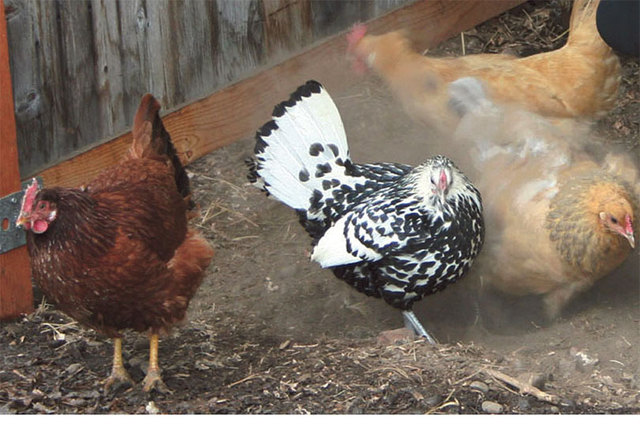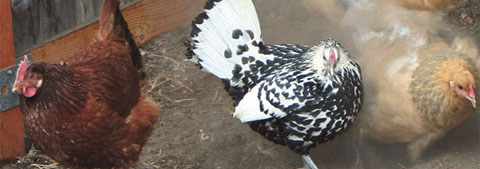Food For Thought: When The Roosters Get Tough, The Tough Make Coq Au Vin
When The Roosters Get Tough, The Tough Make Coq Au Vin


Ari LeVaux

Latest Article|September 3, 2020|Free
::Making Grown Men Cry Since 1992


Ari LeVaux

